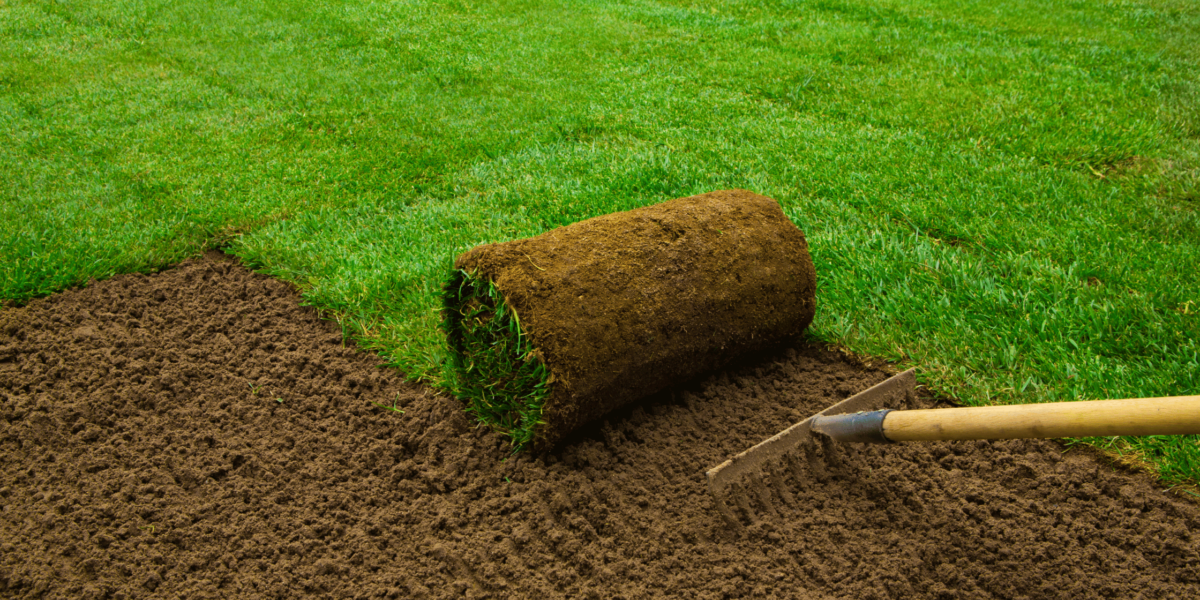Installing sod can be transformative for giving a barren yard a touch of lush green beauty. Even though the process might appear simple at first, there are several pitfalls that homeowners often run into. Let’s discuss some common mistakes and offer guidance on sidestepping them with professional lawn installation.
Choosing the Wrong Type
One foundational mistake many homeowners make is picking the incorrect type of sod for their lawn. Different sod varieties have their unique requirements for sunlight, water, and soil. It’s crucial to research and choose a sod ideal for the specific conditions of your local climate and yard. Consulting local landscaping professionals can provide invaluable insights when in doubt.
Not Leaving Sufficient Time for Sod to Root
Once your sod is installed, it’s vital to let it root properly into the underlying soil. A sod that hasn’t rooted adequately won’t absorb nutrients effectively, may become uneven, and is more susceptible to pests and diseases. Generally, it’s good practice to allow your new sod at least two weeks to establish its roots before letting it undergo any heavy foot traffic or other significant stress.
Underwatering and Overwatering
Water plays a crucial role in the life of newly installed sod. But there’s a fine line between giving it too much and too little. If you underwater the new lawn, you risk the sod drying out, turning it brown, and leaving it vulnerable to pests. On the other hand, overwatering can lead to conditions like root rot and mold. Initially, it’s best to water the sod daily or every other day for the first week or two, ensuring it’s moist but not drenched. As the sod establishes itself, you can gradually reduce your watering frequency.
Not Preparing the Soil Ahead of Time
Before you lay down your sod, the ground requires thorough preparation. This means clearing the chosen area of any rocks, weeds, and other debris. Conducting a soil test to grasp its pH levels and nutrient profile is also beneficial. Besides, ensuring the ground is level will help prevent issues like pooling water or uneven growth. Depending on your soil test’s findings, you might need to enrich the soil with organic matter or other essential amendments.
Poor Maintenance and Fertilization
The care you provide post-installation is as crucial as the steps you take before and during sod laying. Refrain from mowing the sod until the grass reaches about 3.5-4 inches in height. And when you do, remember not to cut off more than a third of its height in one go. Fertilization needs will vary depending on your chosen sod type, so always refer back to the advice of the sod provider or consult with experts.
To Know When to Mow New Sod: Timing and Tips for a Healthy Lawn – Click Here
Get a Quote for Lawn Installation from Dracut Landscaping
While many may consider sod installation a DIY task, achieving a flawless result requires a keen eye and expertise. If you’re pondering a transformation for your lawn, consider the professionals at Dracut Landscaping. We deliver a seamless, efficient lawn installation process, creating the foundation for your lawn’s vibrancy and health for the future. Get in touch with us to get a quote for lawn installation and learn more about your options.


